It's been more than two years since I graduated, but for various reasons, I didn't do any design work. However, I think it is very interesting to do furniture design, and I plan to work in the design industry in the future.
Here are two exercises made by myself last year, which is still a long way from the complete design. However, because there are no conditions for continued trial and error and verification at home, I plan to issue it first, and if there is a chance in the future, it may be improved.
Because I was born in the Institute of Materials, the contents of my undergraduate study are quite miscellaneous, and I am only a novice in artistic aesthetics. Plane and rendering software are also relatively unfamiliar. Therefore, I hope I can exchange and learn more on the Internet in the future. If the bosses have any suggestions for improvement of these two designs, they are also welcome to leave a message in the comment area, thank you!
(This is the second piece)
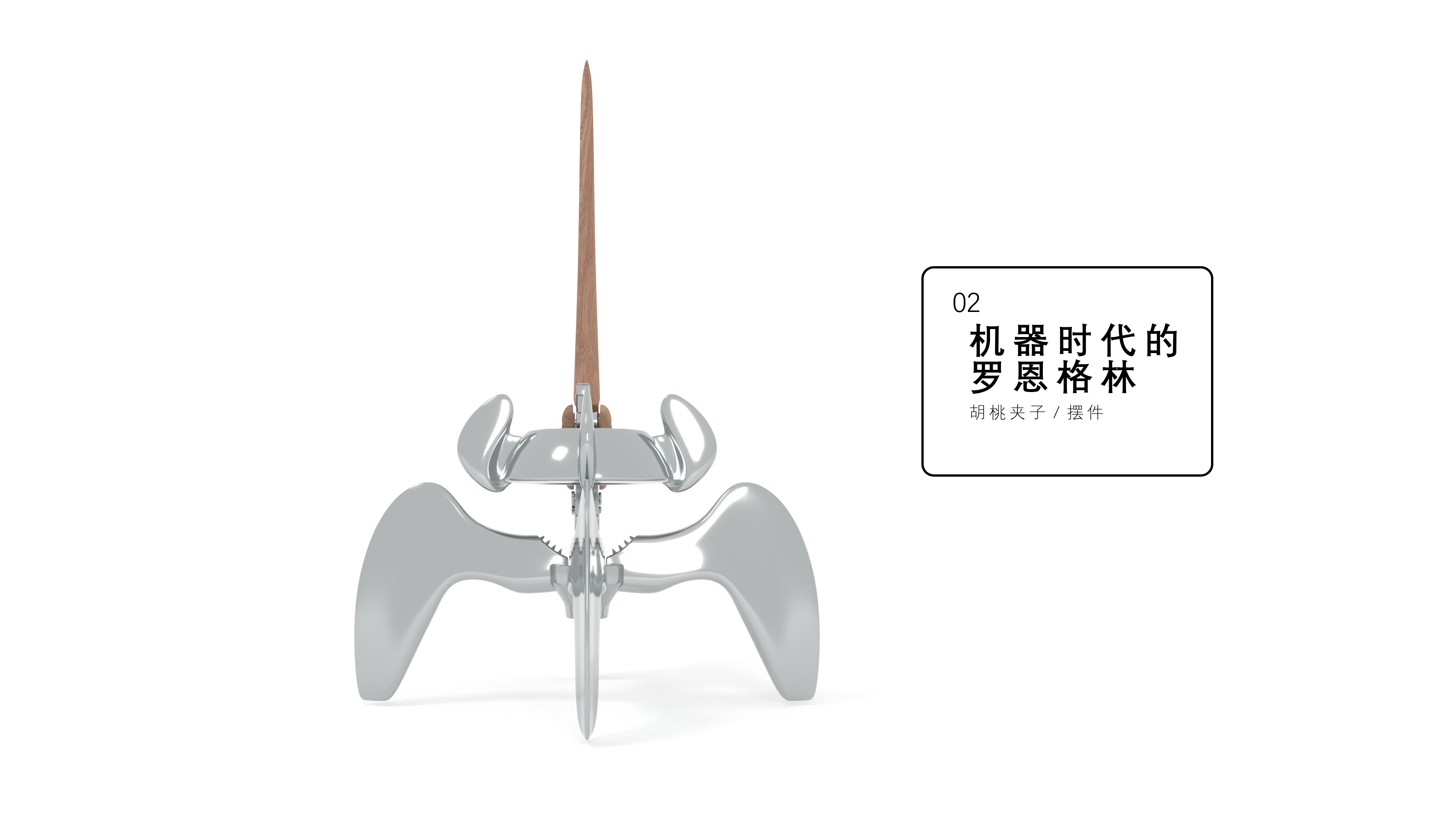
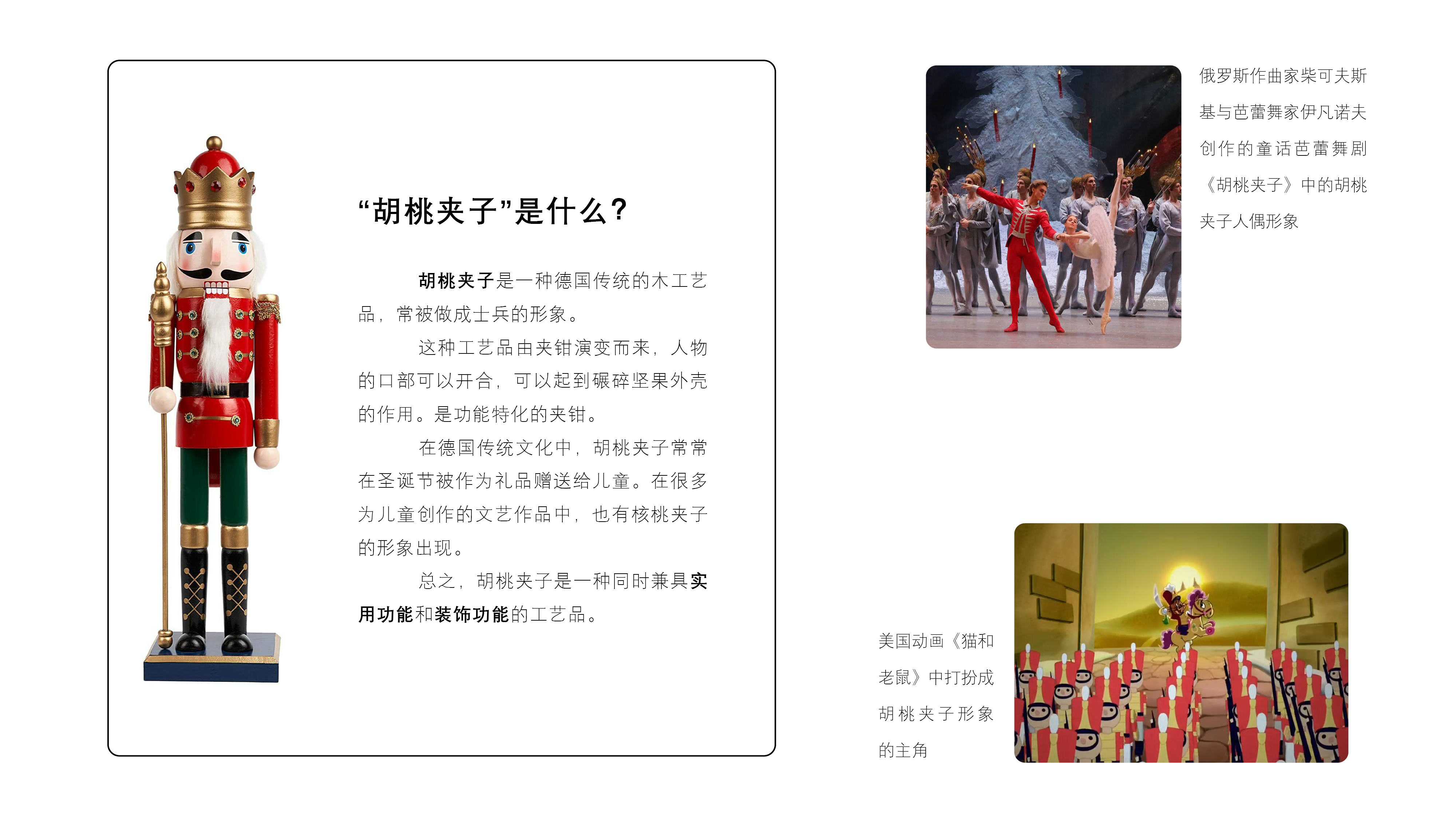
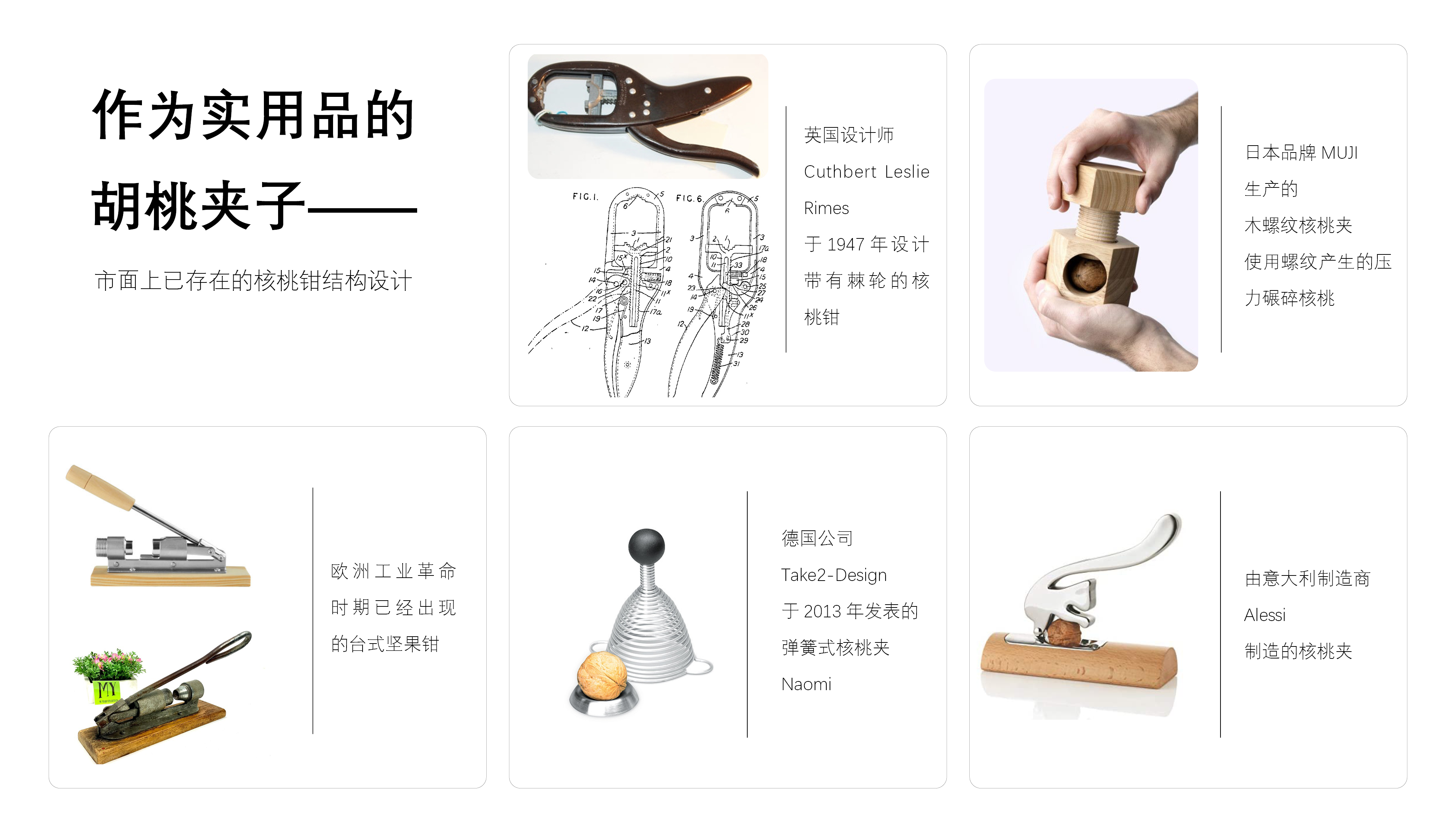

The title "Ron Green in the Machine Age" is composed of two parts, which are derived from two historical allusions related to art and design.
One is a speech by the famous American designer Frank Lloyd Wright, "Arts and Crafts in the Machine Age."
We know that Wright lived at the end of the Second Industrial Revolution. Wright has crossed many design movements in his life, and his design ideas have changed greatly.
Earlier, Chicago School designers would do plant-shaped decorations on buildings because they believed that human life was rooted in nature and that industrial civilization was anti-human. That's why Louis Sullivan, who said "form follows function", has such a complicated and exquisite vine relief on the architecture. For Sullivan, the natural element is a necessary, functional thing.
Wright, on the other hand, put forward a different view in "Arts and Crafts in the Machine Age": he believes that machines are the future of mankind. He was different from the artists of the early arts and crafts movement who were hostile to any non-handmade products; he was also different from the French and Belgian "Art Nouveau" artists who used machines to imitate natural forms. He clearly put forward: the machine age should have the form of machine production.
He called those industrial products "the arts and crafts of the industrial age".
In his speech, Wright compared the city to a huge creature, steel cast into its flesh and blood, and the traffic route of the stream is like its blood vessels, and the bright and out lights are like the breath of the creature. He said, isn't it beautiful?
From the early naturalistic "monism" to this speech, we can see that Wright chose to embrace industrial civilization from the aesthetic level. After his visit to Europe, he promoted this process together with the Vienna Secession and the Glasgow School. They were the first generation of artists who chose to face up to the beauty of the machine.
As a posterity more than a century later, the "machine age" in my eyes is naturally completely different from the passionate machine city in Wright's eyes. The world I have been exposed to since I was a child has shaped my perception of formal beauty, which is why I chose a relatively less conservative modeling language.

"Ron Green" was a legendary figure in the Middle Ages in Europe, and the figure was a knight sitting on a swan boat.
This involves another 19th-century artist, Richard Wagner. Wagner himself is a musician and playwright, and probably most designers don't know much about him. But his influence on modern design is actually very far-reaching.
In the mid-19th century, Wagner wrote a treatise, The Art of the Future, in which he proposed the concept of "total art". It probably means that the works of art in the future should not be scattered and separate categories, but should be integrated under one theme to provide a more advanced experience for the audience. For example, in the operas created by Wagner, he wrote the script, composed the music, directed the stage set, and even later personally participated in the architectural design of the theater. All the creations must be carried out around a certain theme, which is a kind of "overall art". The theory of "total art" has a great influence on art design. Many design groups that we are familiar with in the 19th century, such as the Austrian "Separatist", the German "Youth School", the Catalan modernist architectural movement, and even the British aestheticism movement and the Glasgow School, are all in the "total art". The creation of design under the influence of the idea.
After the publication of this paper, Wagner's first work to explain the theme of "total art" was the "swan rider" "Ron Green". It can be said that this work indirectly affected the development direction of industrial design in the next century.
So when I found this shape with a long curve, I thought of the name. Although Ron Green itself is an ancient legend, because of Wagner's relationship, this name actually has a deep origin with modern design.


Of course, Ron Green is a "swan rider", a person who rides on a swan (or a boat pulled by a swan), so "Ron Green" does not refer to the nutcracker itself, which has a slender curve. Since the work is "Swan", then "Swan Rider" is naturally the user of the Nutcracker.
In fact, the name of the work "Ron Green in the machine age" refers to users who want to explore, embrace new aesthetics and new culture in our time.
The Nutcracker has a long history and has hardly changed since the Renaissance. However, the industrial civilization in the past century has changed so fast-with the rapid evolution of culture and aesthetics.
In this process, the "walnut biter" has actually lost its function: as a practical nutcracker, modern has a variety of nut opening tools, which are more hygienic than it; and the nutcracker as an ornament, It has been difficult to adapt to contemporary aesthetics (of course, it cannot be denied that it still has cultural value as a traditional handicraft).
The name of this work quotes these two allusions, in fact, it also quotes Wright's thoughts: Wright told architects a century ago that the arts and crafts of the industrial age must be different from the handicraft age; and the "nutcracker" of our time naturally does not have to be the image of a "walnut-biting little man.
I hope this "swan" is not just a fancy-looking walnut tool or ornament. Why can't the "Ron Greens" swim forward for a while in the long river of aesthetic change?
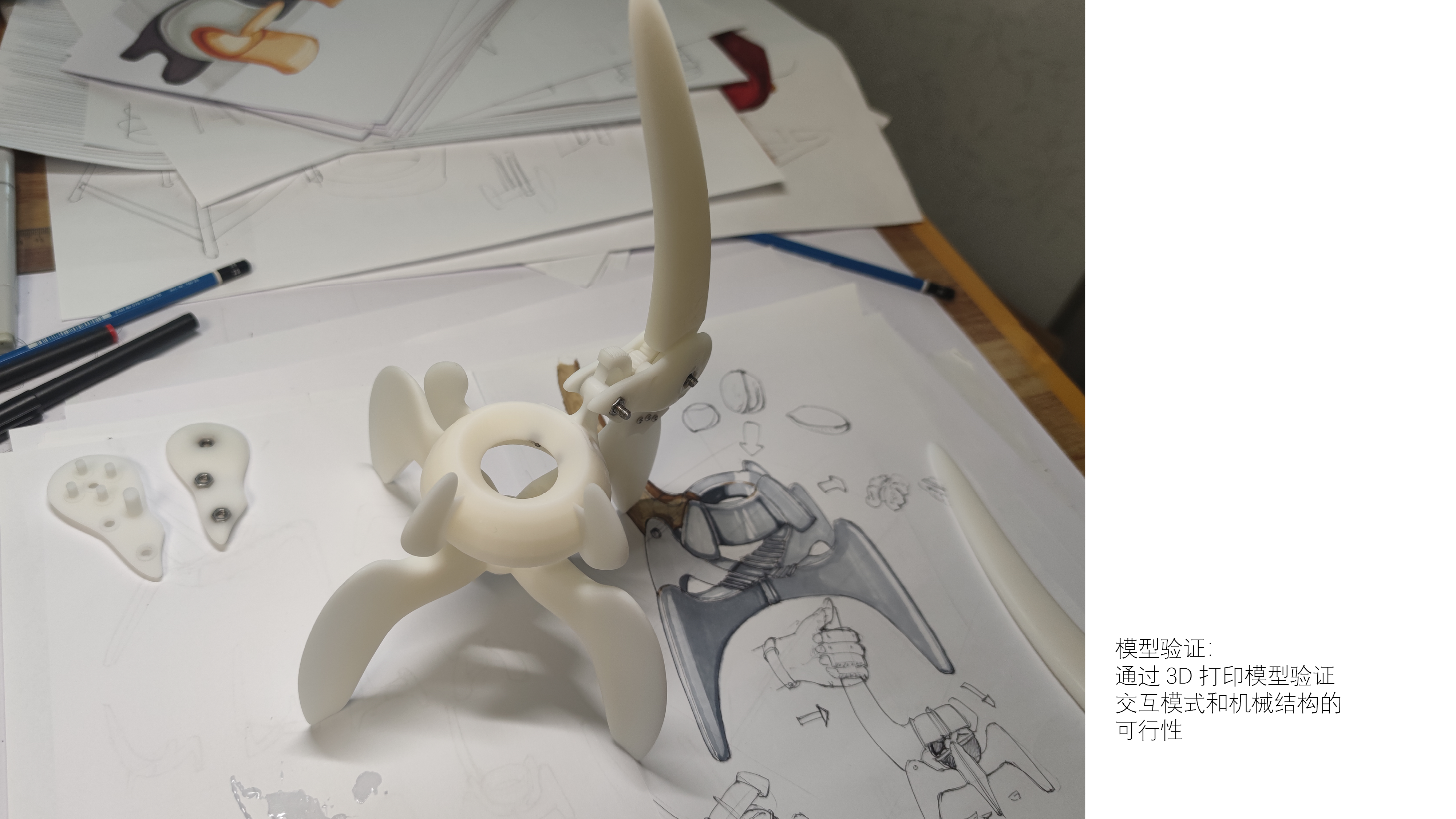

You can move......
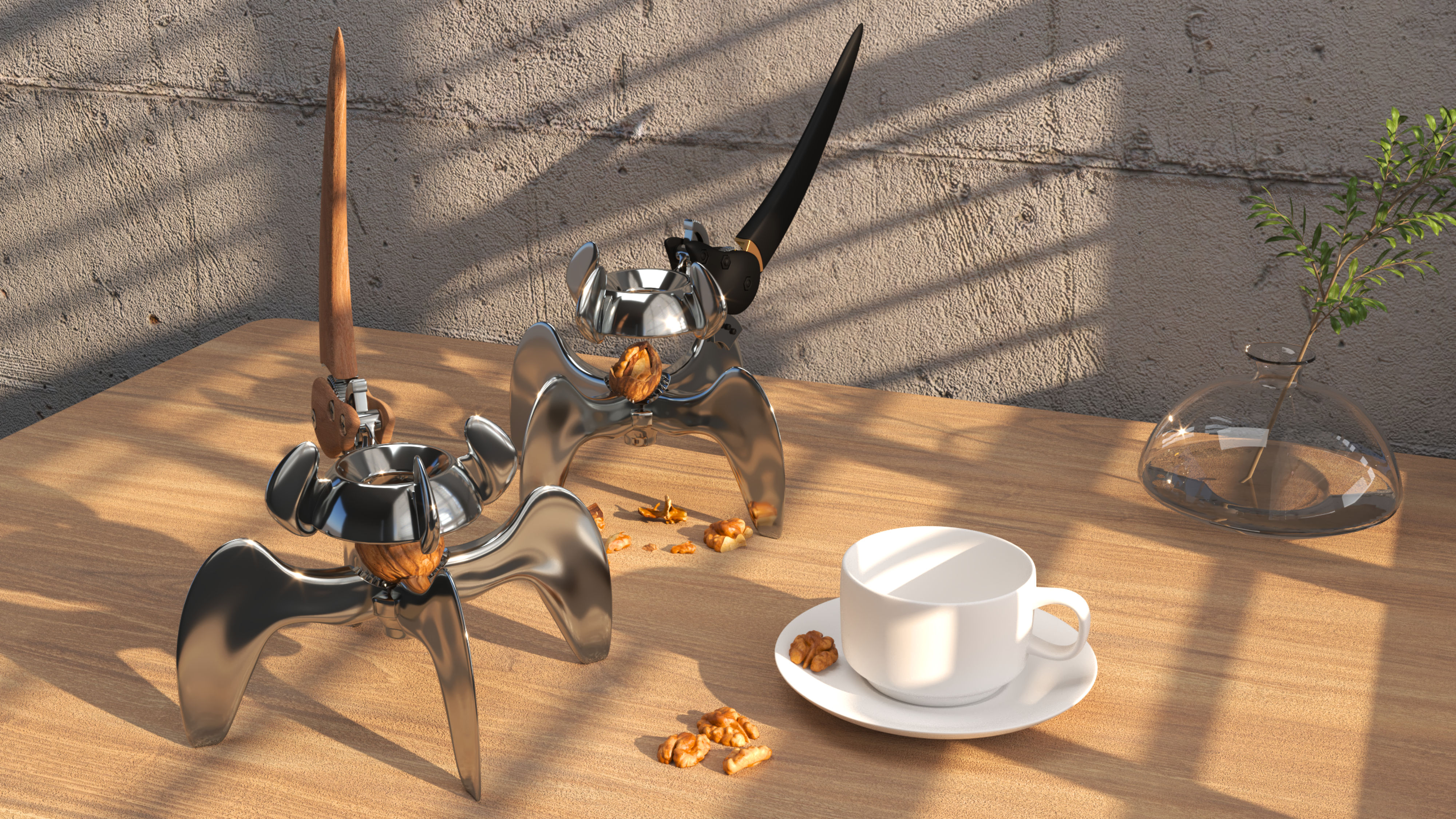
In fact, it can be seen that the square shape of the gear is very different from the overall curve, which looks quite uncoordinated. I think there should still be a connecting structure between them, unifying the two into a whole, but I haven't found it yet.
After the printed model was assembled, my first impression was that it "made no effort". Of course, the performance of the 3D printing material itself is limited, and the modeling software I use is not professional mechanical engineering software, and the gear teeth are very rough; but more importantly, its structure is not reasonable, and the force arm of the walnut is too long.
I am not very satisfied with the feeling of the whole human-computer interaction, and the size data needs to be adjusted.
So probably the whole handle will be completely pushed down and redone later.
That's probably what it is.
The copyright of this work belongs to [宝]. No use is allowed without explicit permission from owner.

New user?Create an account
Log In Reset your password.
Account existed?Log In
Read and agree to the User Agreement Terms of Use.

Please enter your email to reset your password
It's a great idea. I feel that the arm of force needs a larger radian.
very thoughtful, novel ideas
beautiful! Using the three white renderings in the middle as the cover will be more attractive!
One reason for not using the 3/4 angle is that I am not satisfied with the shape of the handle part. Maybe it will be improved in the future.
I finally understand what the nutcracker is.
GOOD JOB
Fun
That's funny.
Ah, it turns out to be so.